Air Operations, Carolines - 8 11th Heavy Bomb Group B-24s attack the Yap Atoll.
- 8 of 18 73d Very Heavy Bomb Wing B-29s dispatched attack the Truk Atoll submarine base.
[  | |   ] ]
Air Operations, CBI
BURMA
- 10 10th Air Force B-25s attack bridges across northern Burma.
- More than 50 10th Air Force P-47s support Allied ground forces at Naba and Pinwe, attack Japanese Army troops at Mansi and Manyut, and attack bridges and rail lines across northern Burma.
CHINA
- 13 308th Heavy Bomb Group B-24s mine Hong Kong’s Victoria Harbor.
- A 311th Fighter Group P-51 downs a Ki-46 'Dinah' reconnaissance plane near the airfield at Huhsien during the noon hour.
FRENCH INDOCHINA
- 14th Air Force P-40s attack Phu Lang Thuong and coastal shipping.
[  | |   ] ]
Air Operations, East Indies - FEAF B-24s attack port facilities at Makassar.
- P-38s attack Piroe and Sandakan.
- P-40s attack targets of opportunity in northeastern Celebes.
[  | |   ] ]
Air Operations, Europe
RAF BOMBER COMMAND
Daylight Ops:
- 102 Lancasters and 8 Mosquitos of No. 5 Group successfully attack gun batteries on Walcheren. This is the last Bomber Command raid in support of the Walcheren campaign and the opening of the Scheldt River. The attack by ground troops on Walcheren commences on October 31 and the island falls after a week of fighting by Canadian and Scottish troops, including Commandos who sailed their landing craft through the breaches in the sea walls made earlier by Bomber Command. It requires a further 3 weeks before the 40 mile river entrance to Antwerp is cleared of mines and the first convoy does not arrive in the port until November 28.
- 102 Lancasters of No. 3 Group carry out a G-H raid on the oil refinery at Wesseling. No results are seen because of the cloud but the bombing is believed to be accurate.
Minor Ops:
- 1 Hudson is on a Resistance operation and there are 7 RCM sorties without a loss.
Evening Ops:
- In another major effort against Cologne, 905 aircraft including 438 Halifaxes, 435 Lancasters and 32 Mosquitos, are sent. This is an Oboe-marked raid through cloud, and Bomber Command estimates that only 'scattered and light' damage is caused in the western parts of the city. More than 6,300 tons of bombs are dropped. The local report, however, shows that enormous damage is caused in the suburbs of Braunsfeld, Lindenthal, Klettenberg and Sülz, which are 'regelrecht umgepflügt' ('thoroughly ploughed up') by the huge tonnage of high explosive dropped (3,431 tons of high explosive and 610 tons of incendiaries are dropped). A vast amount of property, mostly civilian housing, is destroyed, but railways and public utilities are also hit. There is very little industry in the area which is bombed.
Minor Ops:
- 62 Mosquitos are sent to Berlina, and 3 each to Heilbronn and Oberhausen, and there are 57 Mosquito patrols and 42 RCM sorties.
- 1 Mosquito is lost on the Berlin raid and 1 on an Intruder patrol.
US 8th AIR FORCE
GERMANY:
- In what was to have been a major strike by more than 1,300 heavy bombers against German oil and oil-products productions, bad weather forces the entire 3rd Bomb Division and many other 8th Air Force heavy bombers to abort, and most of nearly 650 other heavy bombers to divert to numerous secondary targets and targets of opportunity.
- 139 2nd Bomb Division B-24s managed to attack their primarty targets, a pair of oil refineries at Hamburg.
- 2 B-24s and 5 of 906 VIII Fighter Command escorts are lost.
- 26 3rd Bomb Division B-17s and 2 APHRODITE B-17 flying bombs attack the naval installation at Heligoland Island.
US 12th AIR FORCE
ITALY:
- Most of 12th Air Force is grounded by bad weather, but XXII TAC is able to mount 51 P-47 sorties against various targets in the Po River valley.
US 15th AIR FORCE
AUSTRIA:
[  | |   ] ]
Air Operations, New Guinea V Bomber Command B-25s and A-20s attack the airfield at Urarom.
[  | |   ] ]
Air Operations, Philippines - FEAF B-24s attack the Bacolod airfield on Negros.
- B-25s and fighter-bombers attack the San Roque airfield on Mindanao and barges at Zamboanga, Mindanao.
- Aircraft from Task Group 38.2 and Task Group 38.4 cover the Leyte area.
- A VF-29 F6F downs a P1Y 'Galaxy' bomber at sea at 0705 hours.
- A VF-18 F6F downs a P1Y 'Galaxy' bomber 25 miles from Task Force 38 at 1245 hours.
- VF-51 F6Fs down 4 A6M Zeros 20 miles from the carriers at 1445 hours.
- The USS Franklin and USS Belleau Wood are struck by kamikazes. Total casualties are 198 killed and 64 seriously injured, plus 45 aircraft destroyed. Both carriers are detached for emergency repairs at the advance fleet anchorge at the Ulithi Atoll, but both will eventually be withdrawn to the United States.
- Task Group 38.4 withdraws to the Ulithi Atoll to replenish supplies and, in some cases, take on new air groups. All remaining Task Group 77.4 escort carriers depart in two ad hoc groups to Manus Island, also to replenish. Due to bad weather that prevents the planned displacement of V Bomber Command units to Leyte, this leaves the defense of the Leyte beachhead and invasion fleet in the hands of several V Fighter Command P-38 groups, one P-61 squadron, and the one fleet- and two light-carrier air groups of Task Group 38.2.
- Though headquartered on Bougainville, the 1st Marine Aircraft Wing’s Marine Air Group 25 assumes control of USMC transport aircraft in the Philippine Islands.
[  | |   ] ]
Italy In the British V Corps sector, the 10th Indian Div reaches Meldola, from which the Germans have withdrawn. On the corps' northern flank the 4th Div tries unsuccessfully to cross the Ronco River.
[  | |   ] ]
Occupied Greece The Government-in-Exile bans the ELAS National Militia.
[  | |  ] ]
Pacific - The Allied command decides on another massive air attack against the Philippines in preparation for a landing on Mindoro. The US 5th Air Force and Australian 13th Air Force are to take part, together with the carrier-borne aircraft of the US 3rd and 7th Fleets and the B-29 Superfortresses of the US 20th Air Force.
- In the waters around Leyte the US aircraft carrier Franklin (CV-13) and the light carrier Belleau Wood (CVL-24) are damaged in Japanese suicide attacks.
[  | |   ] ]
Philippines Dagami on Leyte is taken by the 17th Inf Reg of 7th Inf Div. The town has been tenaciously defended by the Japanese, whose main forces are now concentrated in the hills in the central northern part of the island. From Abuyog, on the east coast, the American units move south and then turn west toward the west coast.
[  | |   ] ]
Western Front In the southeastern sector of the front, where the US 7th Army is operating, units of the 45th Div takes St Benoit, on the Rambervillers-Raon-l'Etape road. The Canadian forces succeed in fighting their way across south Beveland to reach the Walcheren Channel.
[  | |   ] ]
Images from October 30, 1944
Churchill Tanks in Roosendaal
|
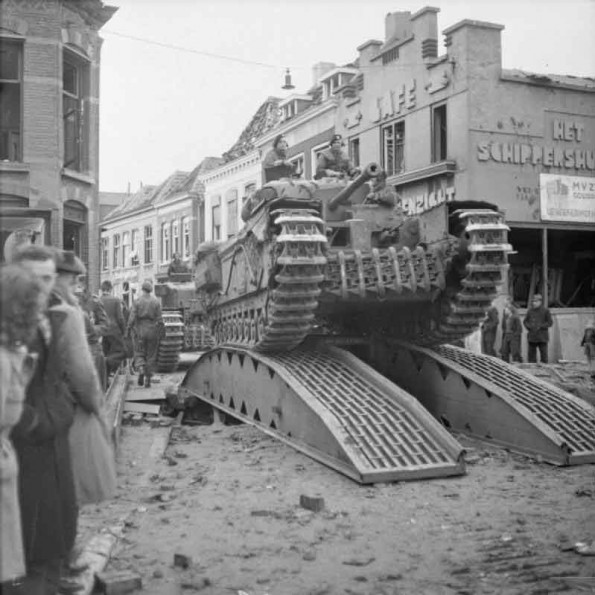 |
|
Dutch Civilians on a Churchill Tank
|
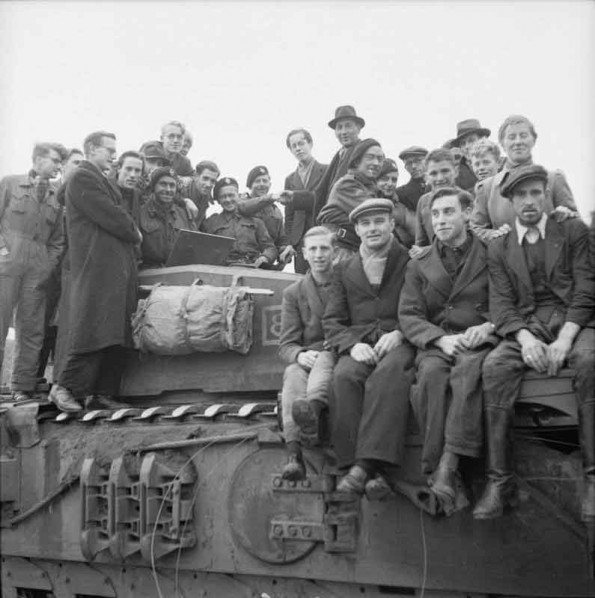 |
|
The Phoenix Screening Escort Carriers
|
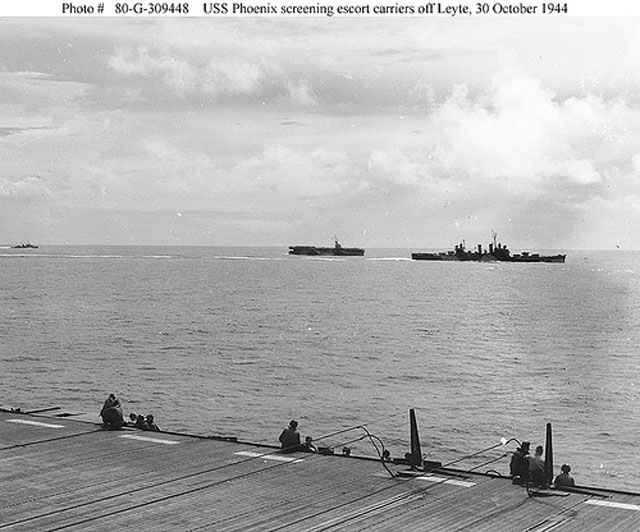 |
|
The Belleau Wood After a Kamikaze Attack
|
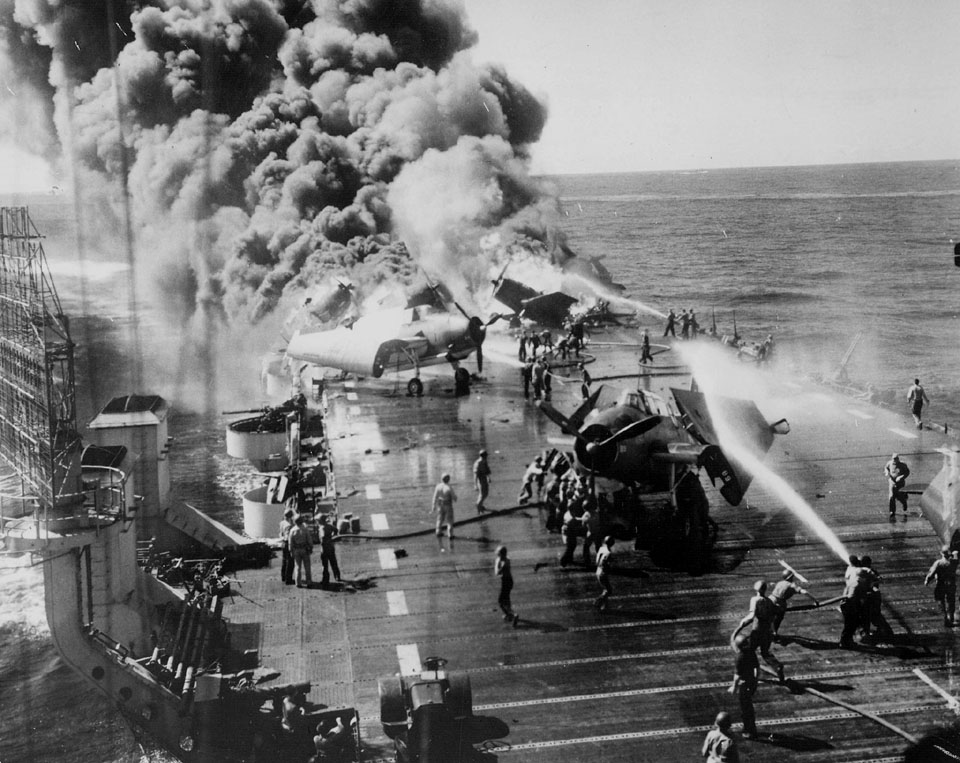 |
|
US Ships On Fire
|
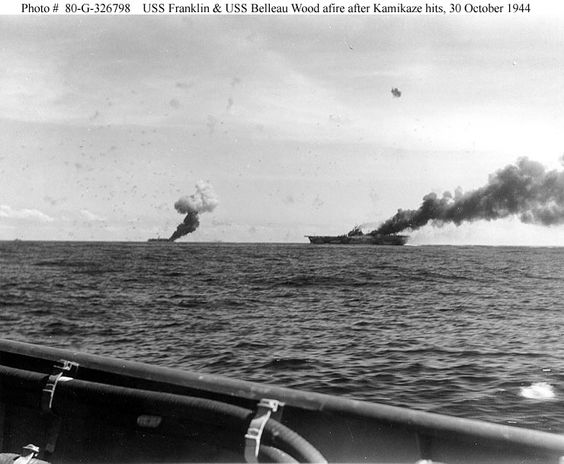 |
|
Aircraft Aboard the Enterprise
|
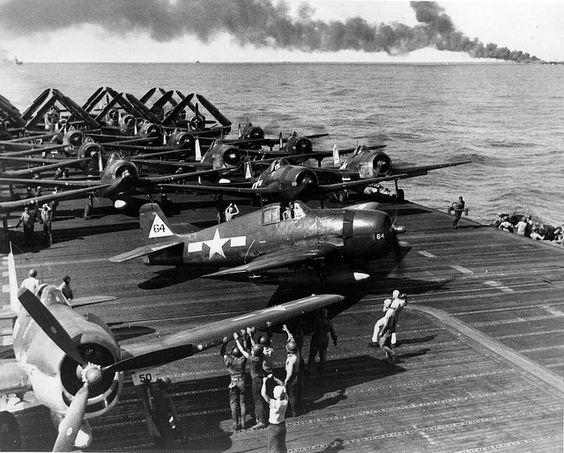 |
|
Franklin's Starboard Side Afire
|
 |
|
View Taken from Franklin's Flight Deck
|
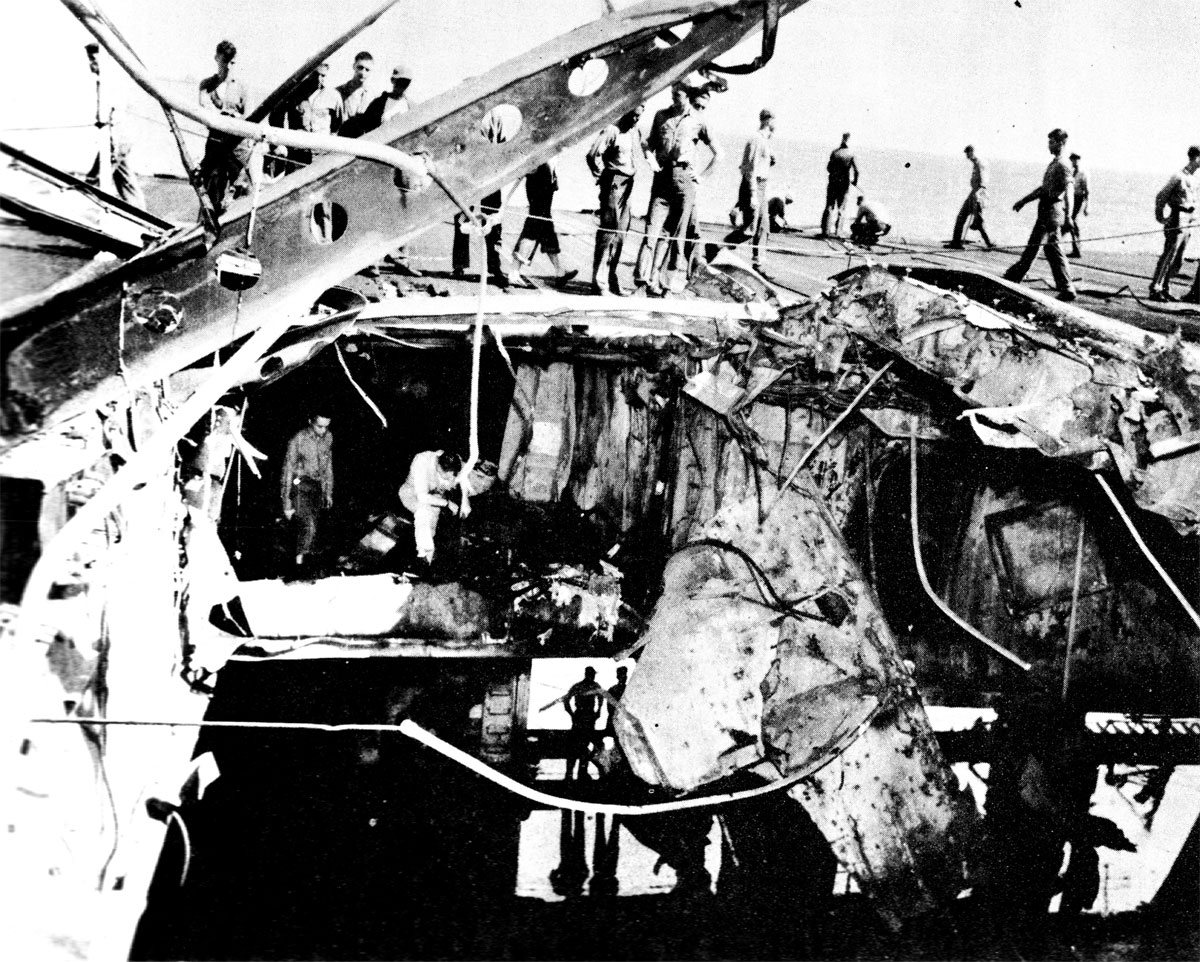 |
|
|







